Over the years, I’ve tested out dozens of smartphones and had seen how mobile photography evolved in each iteration. While it’s true that mobile photography has reached a point of advancement which was unimaginable to us in the past, but there are still several aspects where smartphone camera fell short of a digital camera despite sporting more lenses than ever.
Reason being is that smartphone’s camera system is always limited by the compact size of the device which means it’ll never be able to fit in a larger imaging sensor that we see among full-frame mirrorless camera. Also, the small-size nature of a smartphone also inhibits photographers from mounting different lenses to adapt to different shooting environment.
As an amateur in the field of digital photography, I was initially quite skeptical whether an expensive digital camera like the Sony Alpha 7 IV actually makes a different to my usage, considering some of the more advanced features are beyond my reach.
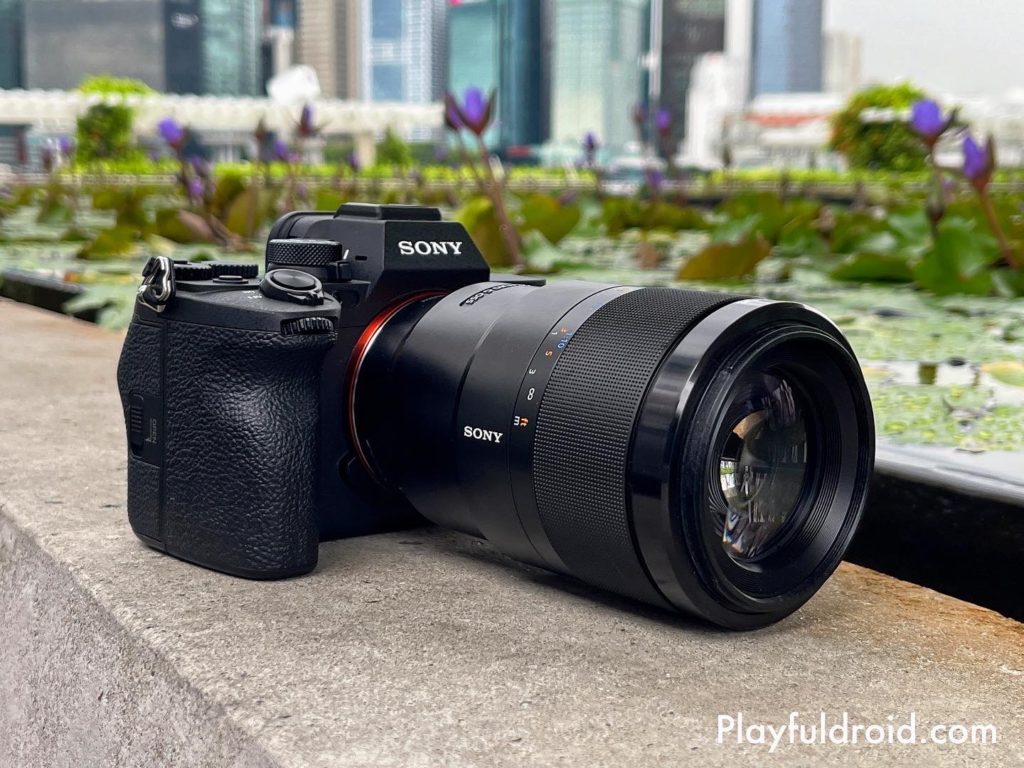
However, my opinion swiftly changed after spending two weeks with the Sony Alpha 7 IV which had proven an important point that standalone digital cameras still play a significant role in today’s photography world, especially for those who wish to take their photography to a whole new level.
Yes, the Sony Alpha 7 IV may be predominantly focused on experienced photographer. Even so, that doesn’t means it wouldn’t shapes up to be a superb companion for newcomers like myself who just started off their journey as a digital photographer.
To find out why, read on my following review of the Sony Alpha A7 IV from the perspective of someone who’s relatively new to digital cameras.
Design & Handling
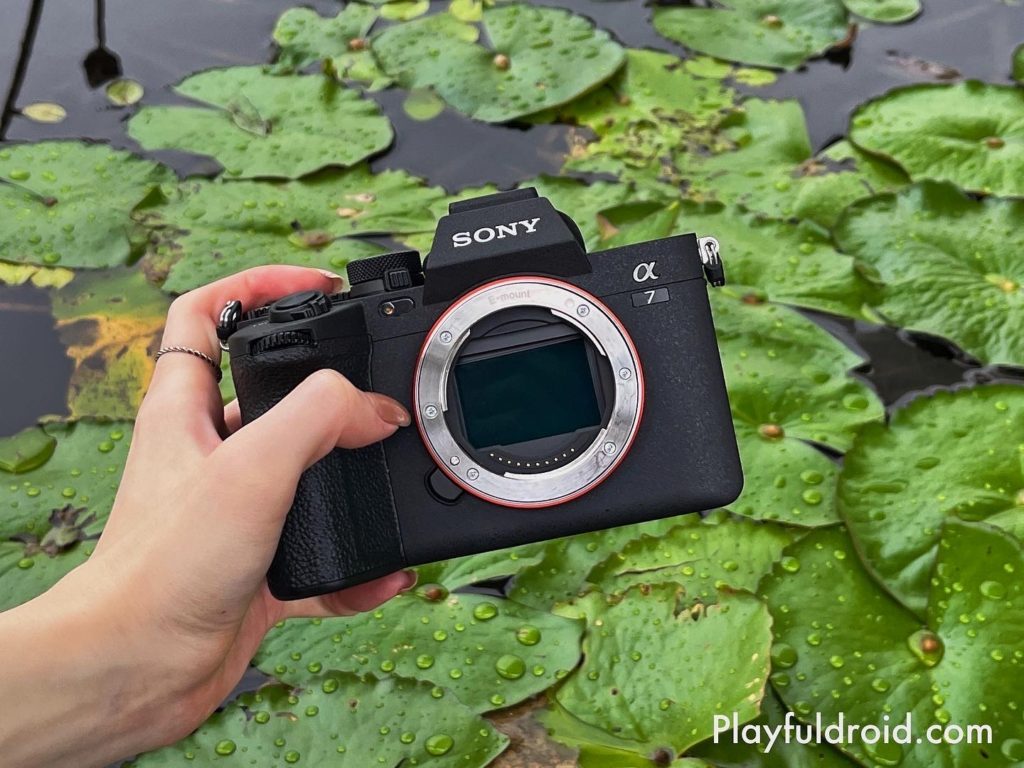
Appearance-wise, the Sony Alpha 7 IV shares a largely similar design as it’s 7 III predecessor even though some refinements had been made to improve handling experience with deeper grip that makes the camera more secure on hand, despite it’s rather hefty weight of 699 grams.
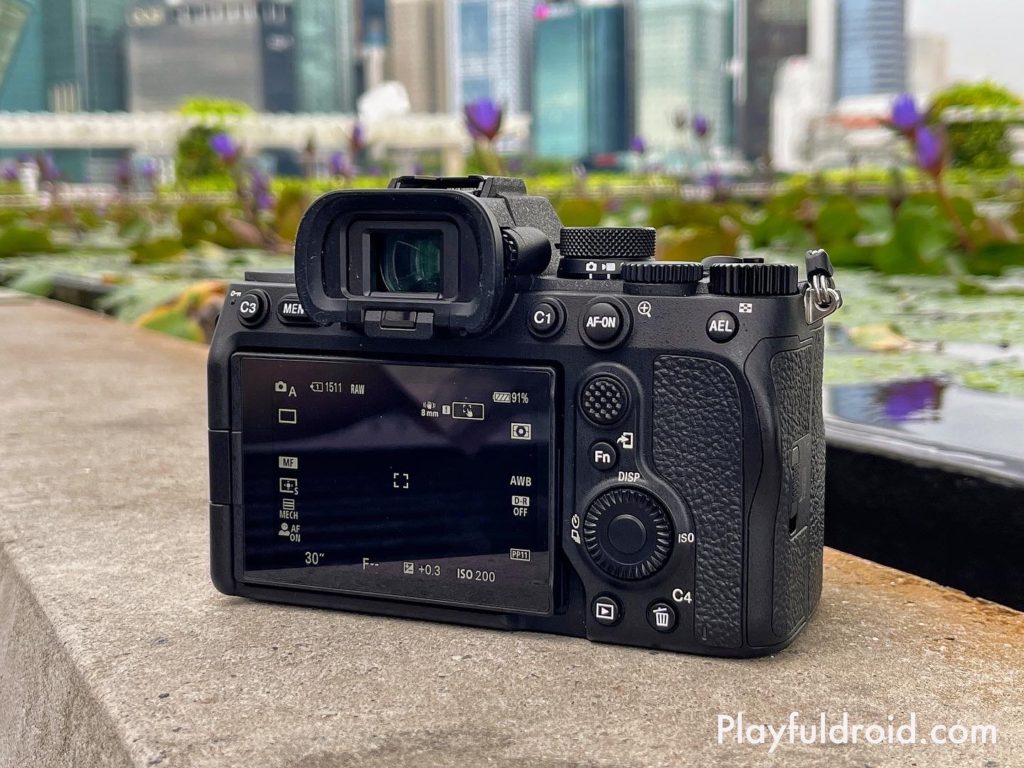
The rear side of the camera houses a good selection of well-spaced controls such as a four-way multi-controller (which doubles up as a dial), an Autofocus joystick, AF-ON button, Fn button, as well as several programmable buttons that quickly fire up your most frequently used functions / settings.
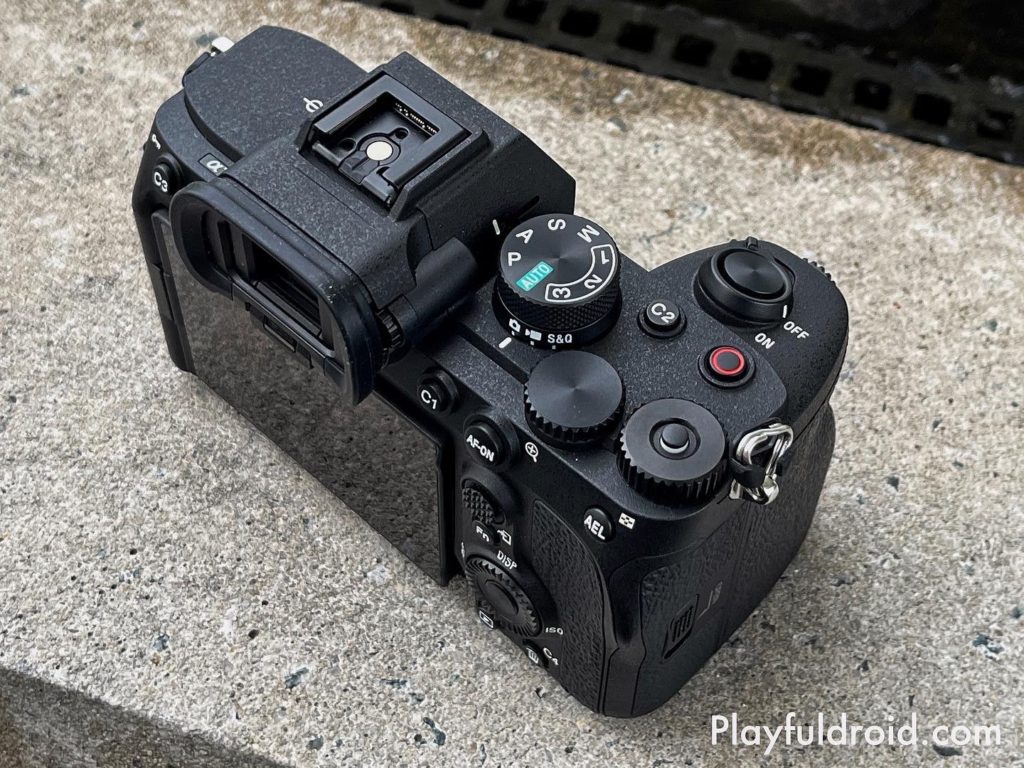
Over on the right side of the viewfinders, you get things like a main mode dial, a Still / Video / S&Q dial, two control dials, as well as a Record button and a C2 custom button. As for the left side of the viewfinder, Sony decided to keep it free from any buttons, allowing users to focus on the right side of the camera for all their photography needs.
No doubt, the myriad of buttons and controls on the camera will be greatly appreciated by photography enthusiasts. However, those who’re new to the world of digital cameras may inevitably felt overwhelmed by these buttons.
Fret not if you happen to fall in the latter group. In fact, you just have to master just a few settings and controls to begin experiencing the camera’s superiority over smartphone’s cameras. The rest of the controls will grow naturally with you as time progress.
Surely, the presence of a LCD touchscreen display also keep things familiar for those coming over from a smartphone. This is further helped by it’s intuitive and well-organized menu which is easy to grip with even for a first-time user. Otherwise, it’ll be a daunting task to carry out all the initial setup.
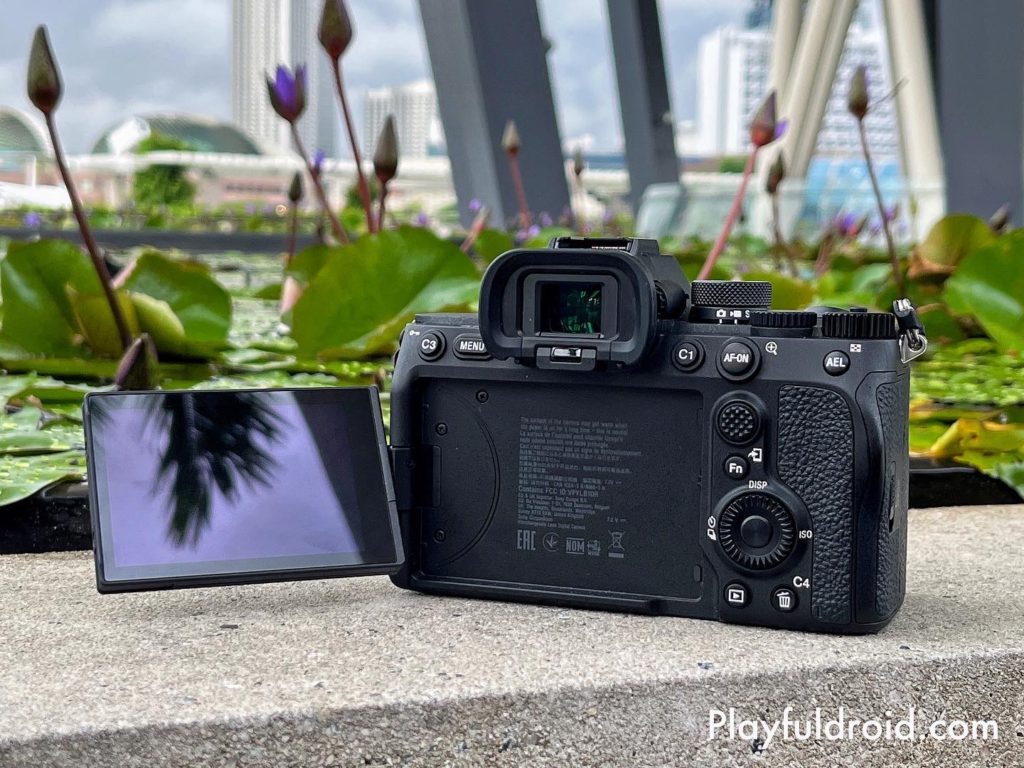
Apart from it’s role as an interface, the 3” screen also serves as an viewfinder which allows you to see what the imaging sensor sees. To be honest, it’s a pretty decent screen that offers a sharp-looking 1.04-million dot resolution which ensure the scene you’re looking at is almost identical to what you would see on it’s electronic viewfinder.
The main highlight however, lies in it’s vari-angle articulation support which not only allow the screen to be ”swung” outward, but also tilt upward and downward when taking photos at challenging angles. Most importantly, it can be flipped out to face forward, allowing users to take selfies of themselves using the high-res camera.
Camera Performance
Coming to what matters most, the Sony Alpha A7 IV is backed by the latest back-illuminated (BSI) 33 megapixels EXMOR R full-frame imaging sensor which offers improved low-light performance over competing models with a non-BSI imaging sensor.
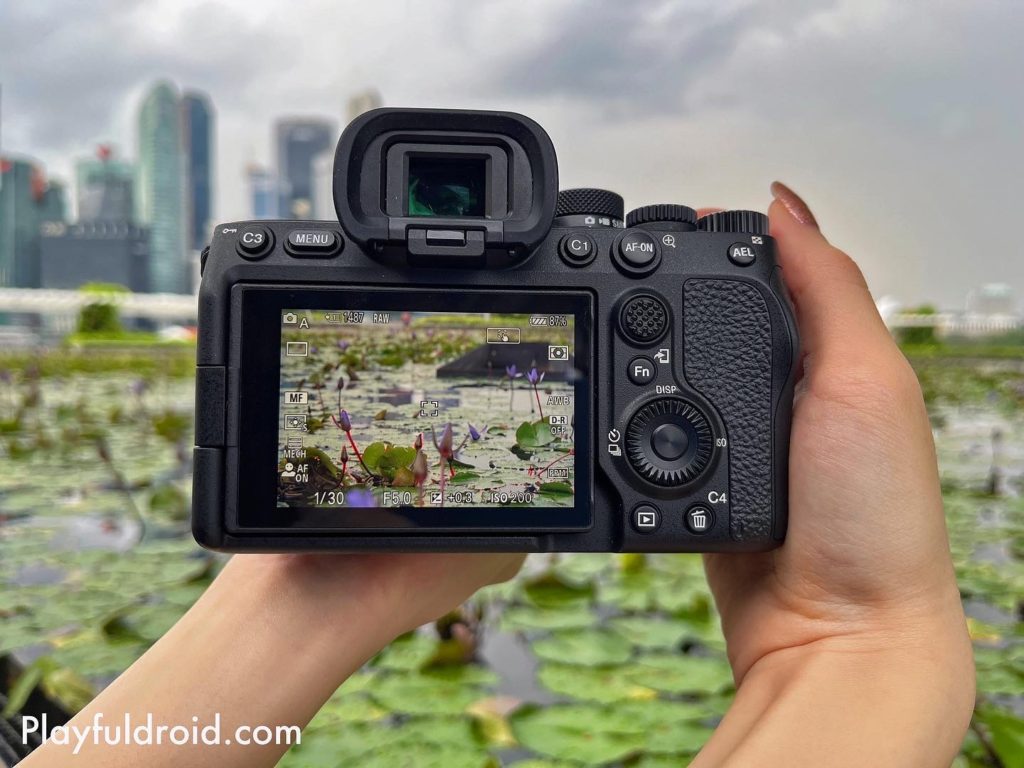
Needless to say, the adoption of a pixel-dense sensor allows the camera to snap sharp-looking photos with aplenty details. Likewise, the camera is also able to support up to 15 stops of dynamic range, giving users the ability to capture both bright highlights and dark shadows.
Sitting at the heart of the Sony Alpha A7 IV’s processing unit is none other than the latest BIONZ XR processor which boasts 8x more processing power over the BIONZ X processor used in the Alpha A7 III. That’s how powerful the new BIONZ XR processor actually is!



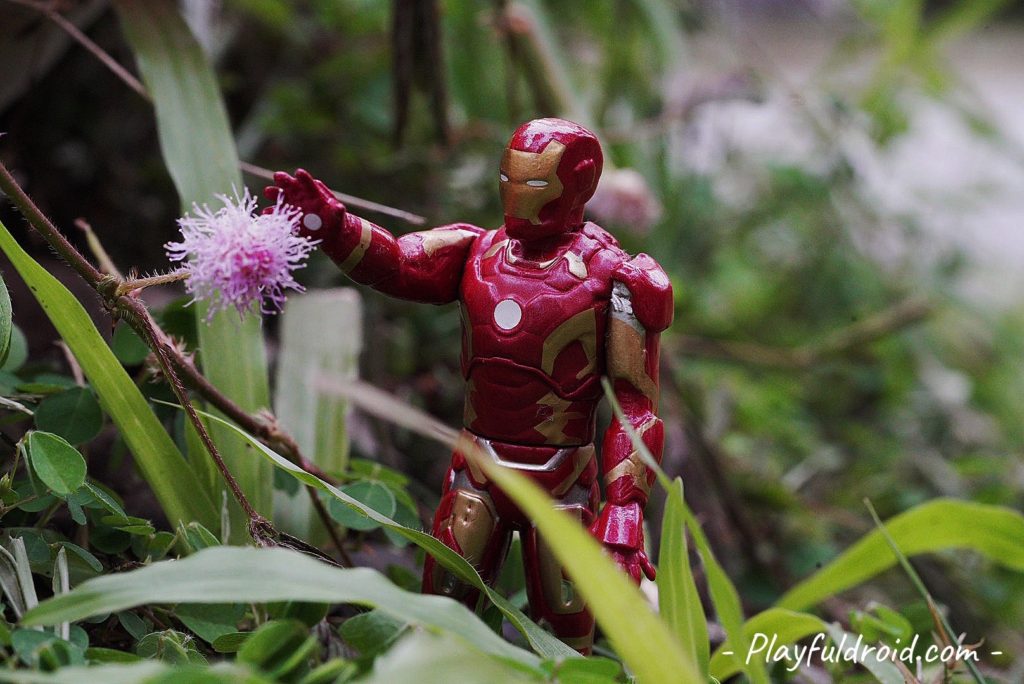
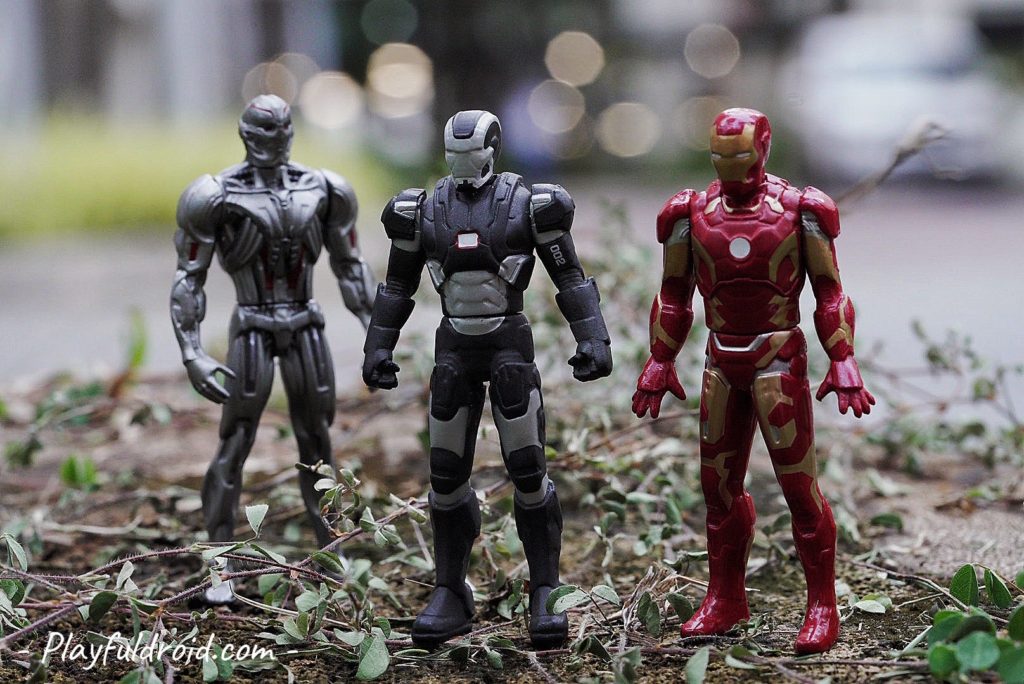
Indeed, it’s hefty setup pans out well in real life usage. Photos snapped with the Sony Alpha A7 IV is nothing short of impressive, especially with it’s excellent color reproduction as well as resolution of details that allow photos to look flattering and yet natural.
Some would also appreciate it’s generous buffer capacity which has the ability to hold well over 800 full-res RAW images to prevent memory bottleneck which would otherwise causes image captures to slow down on the camera.
Speaking of storage, the Sony Alpha A7 IV does come with two card slots which are able to support UHS-II SD cards, though only the upper slot is able to support Sony’s CFexpress Type A cards that offer superior sustained write speed over SDXC cards.
Likewise, it’s also worth heaping praise on the groundbreaking autofocusing system of the Sony Alpha A7 IV which not only supports Real-time Tracking AF for human, but also pets and birds for both stills and videography.
Although pet autofocus for still photos isn’t something uncommon among cameras, but it’s definitely remarkable considering that the feature was extended to it’s videography mode as well.
For a relatively unexperienced photographer, the autofocusing capability of the camera shares the same level of importance as the quality of it’s imaging sensor, since having a capable autofocus system makes it way easier to capture a well-focused photo even in low-lighting environment.
Anyway for those who frequently do vlogging , let’s not forget that the Sony Alpha 7 IV also offers two levels of stabilization – Standard and Active – to ensure a smooth and sturdy footage. This reduces the need for post-production which is often a time-consuming process.
Speaking of videography, the Alpha 7 IV is also capable shooting video with 10-bit 4:2:2 output which gives you more control when it comes to color grading in the postproduction stage. Likewise, the camera also supports recording at an uncropped 4K @ 30 fps, as well as 4K @ 60 fps in Super-35 crop mode.
Battery Performance
Powering the camera is none other than the NP-FZ100 battery which is also found in some of the latest Sony cameras. It’s a pretty reliable battery that offers a CIPA battery life rating of 580 shots per charge using the LCD screen as well as 520 shots for those who opts for electronic viewfinder. In real life usage however, you can expect the battery life to last (slightly) longer than the rated numbers on most occasions.
Verdict
There is no doubt that smartphone cameras are getting better with each passing day, allowing even an inexperienced photographer to capture flattering photos without possessing deep knowledge about photography.
Still, we have to admit there’s a great deal of catching up to do for smartphones before they are able to bridge the gap with other expensive digital cameras like the Sony Alpha 7 IV.
Although it’s undeniable that smartphone cameras has an edge in certain aspects such as portability and AI photography, but they still sits behind digital cameras when it comes to areas like autofocusing as well as versatility thanks to it’s ability to interchange lenses for different environments.
Likewise, advanced users would appreciate the wider range of settings that digital camera offer over their smartphone counterparts, giving photographers more creative freedom over the style and vibe of the photos.
Just like what I mentioned in earlier part of my review, high-end digital camera also has a place among unexperienced digital photographers who only need to master the basic controls to begin experiencing the wonders of a digital camera.
Take autofocusing for example, those who’re not yet confident enough to operate the focus ring can simply take advantage of it’s reliable autofocusing system to capture sharp-looking images, just like what we did on a smartphone.
On top of that, cameras such as the Sony Alpha 7 IV also features an intuitive, self- explanatory touchscreen menu that helps to keep things familiar for those coming over from a smartphone, making it easier for mobile photographer to adapt and begin their journey as a digital photographer.
Hence, it’s nothing more than a fallacy to think that advanced digital cameras are meant only for experienced photographers who have the know-how to take full advantage of the camera.
For those who’re interested, the Sony Alpha A7 IV is priced at S$3,599 (body only), and S$3,899 if you include a 28-70mm Zoom Lens in the package. It can be purchased in Singapore through Sony’s official online store.